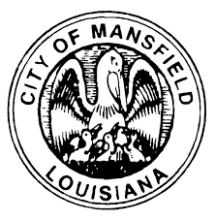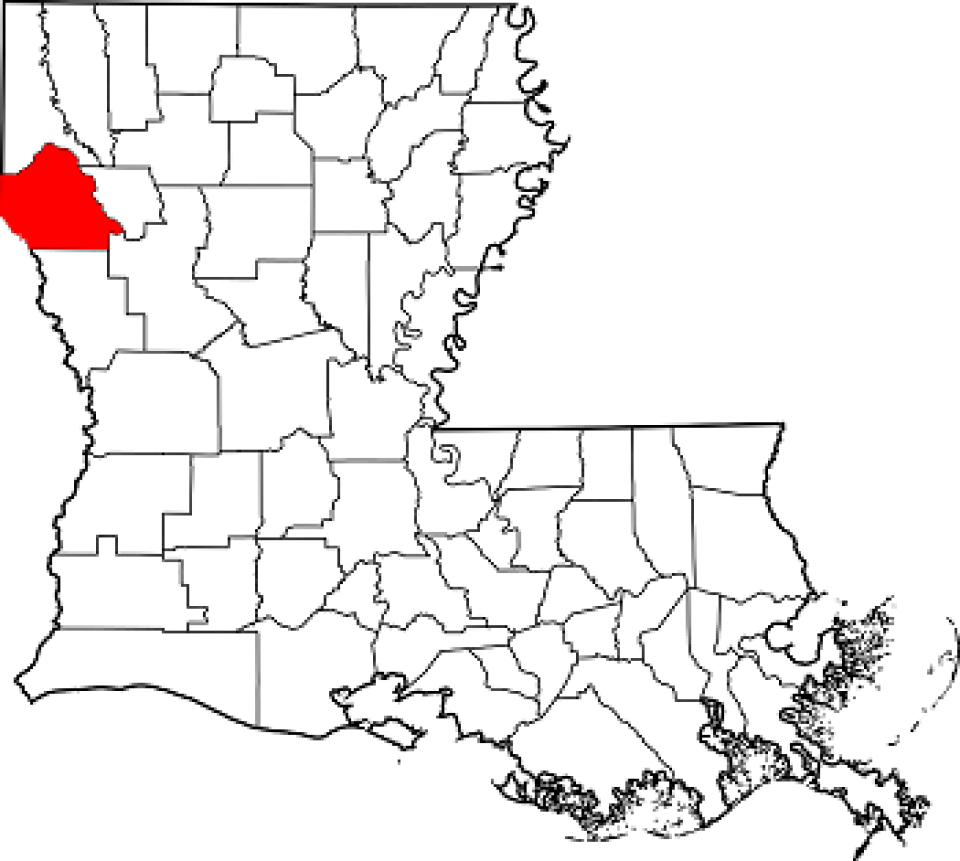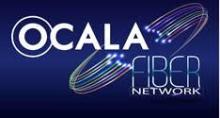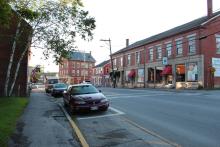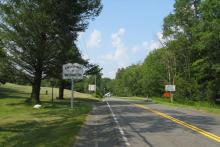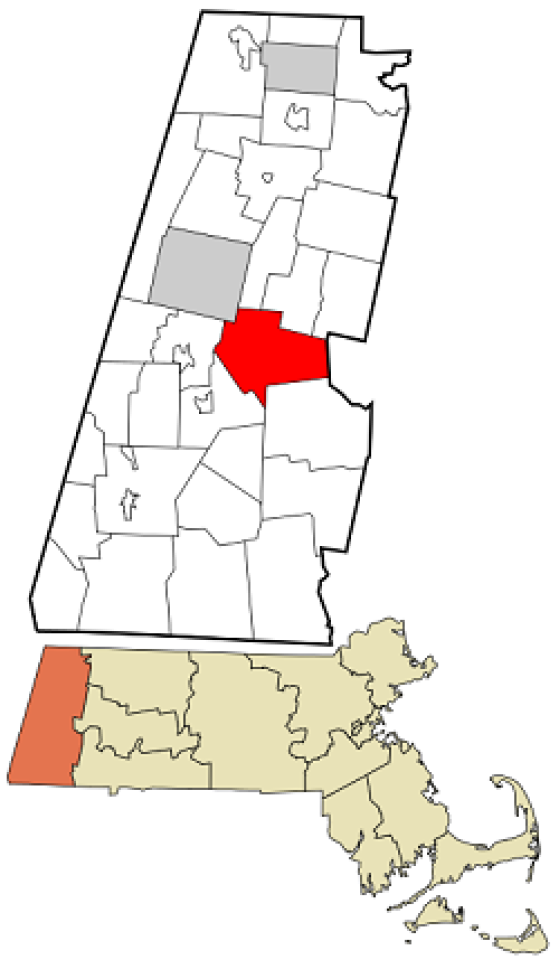Ini Augustine on Mutual Aid and Community Connectivity - Building for Digital Equity Podcast Episode 11

Ini Augustine is a technologist who was ready to organize with her community to improve access to computers and Internet access when the pandemic hit and many low-income neighborhoods in Minneapolis and Saint Paul were cut off from education and other resources. More recently, she organized the Black Broadband Summit and the Family Broadband Coalition. We talk about her work and the promise and challenge of forming a cooperative to bring better Internet access to people who have been abandoned by traditional business models.
We also talk about whether kids in North Minneapolis would be in better shape today than they were in 2020 if they suddenly were cut off from school again. And who should be taking responsibility to make sure that answer is yes?
Her work has been featured in Minnesota Public Radio as well as Sahan Journal. Follow their progress on Instagram as well - Project Nandi.
This show is 15 minutes long and can be played on this page or using the podcast app of your choice with this feed.
Transcript below.
We want your feedback and suggestions for the show-please e-mail us or leave a comment below.
Listen to other episodes here or see other podcasts from the Institute for Local Self-Reliance here.
Thanks to Joseph McDade for the music. The song is On the Verge and is used per his Free-Use terms.


